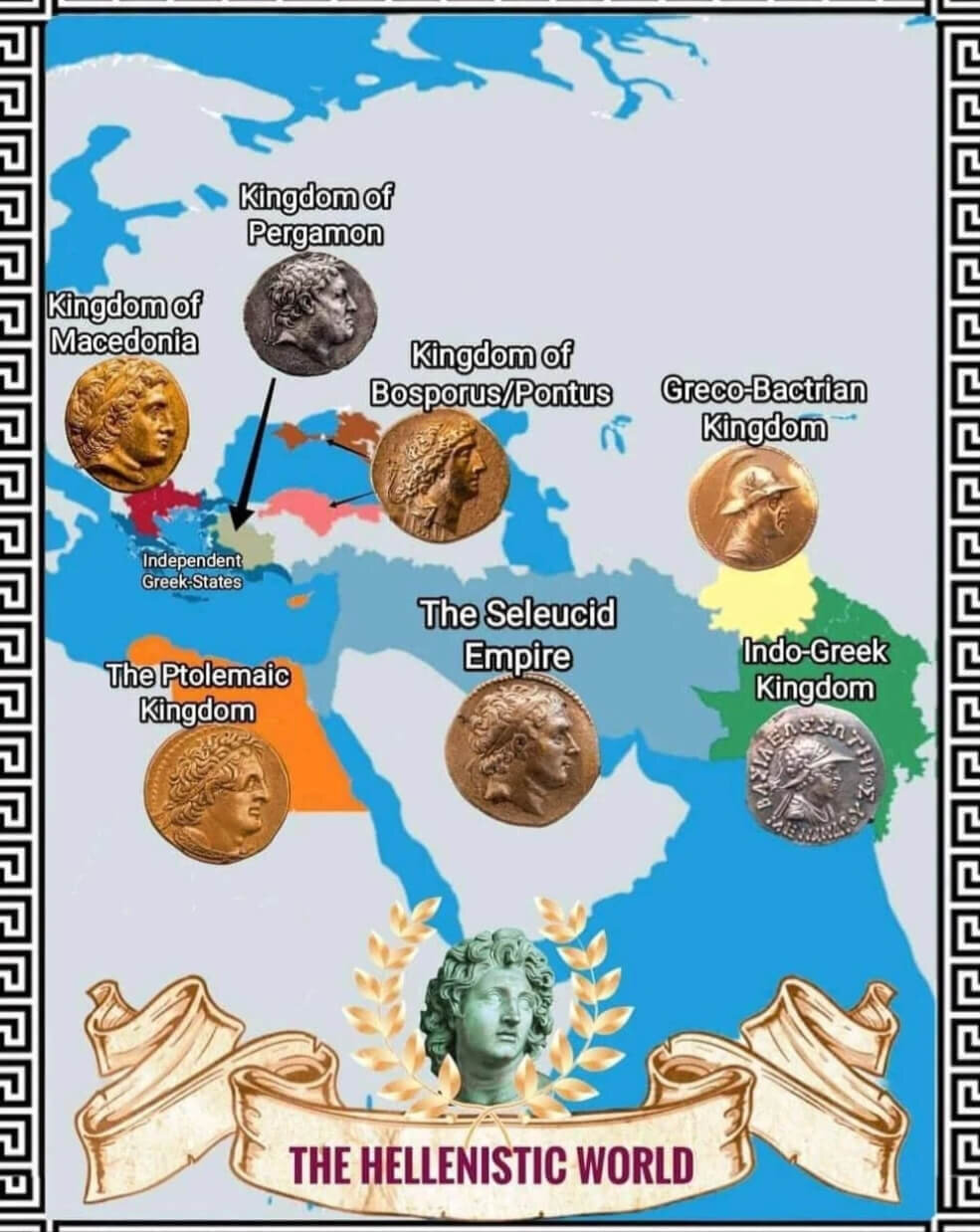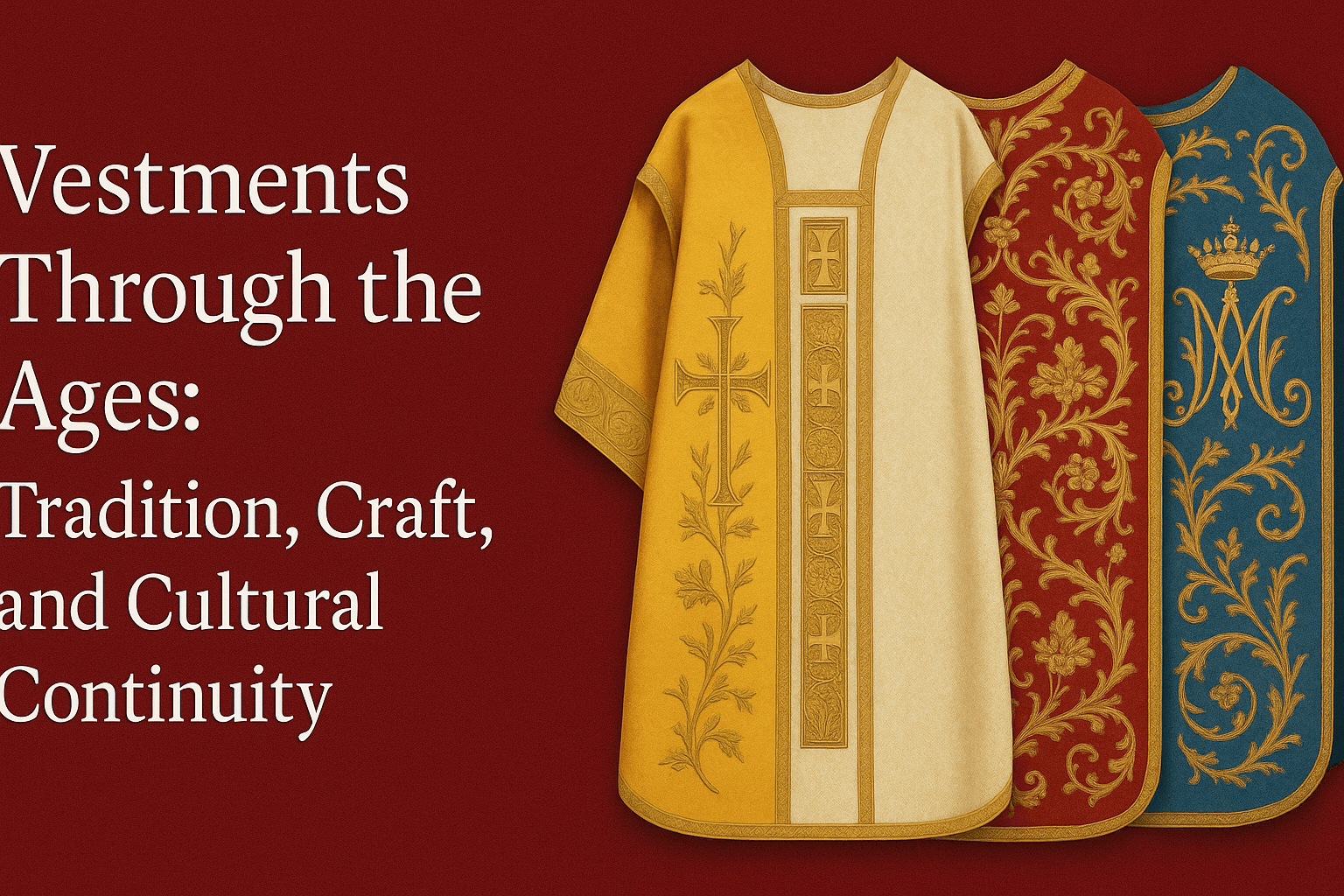In the wake of Alexander the Great's death in 323 BCE, the ancient world witnessed the birth of the Hellenistic era, an epoch characterized by the widespread dissemination of Greek culture across the Eastern Mediterranean and Near East. This period, extending until the consolidation of the Roman Empire in 31 BCE, was defined by the division of Alexander's vast dominions among his generals, the Diadochi. These divisions gave rise to several Hellenistic kingdoms, each contributing to the cultural and political landscape of the era in unique ways.
The Fragmentation of an Empire
Alexander's untimely demise left his empire leaderless, sparking a power struggle among his generals. This turbulent period resulted in the establishment of several key Hellenistic kingdoms, including:
The Ptolemaic Kingdom in Egypt: Ptolemy I Soter, seizing control of Egypt, founded a dynasty that made Alexandria its cultural and political heart. This city, famed for its library and the lighthouse, became a beacon of Hellenistic culture. The Ptolemaic dynasty, culminating in the reign of Cleopatra VII, played a pivotal role in the Roman political arena, marking the end of the Hellenistic period with its fall.
The Seleucid Empire: Seleucus I Nicator carved out a realm that spanned from the Near East to Central Asia. The Seleucid capitals, Seleucia and later Antioch, were centers of Greek culture and governance. Despite its cultural achievements, the empire experienced internal strife and external conflicts, which highlights the difficulties in controlling such a vast area.
The Antigonid Dynasty in Macedon: Emerging victorious from the Wars of the Diadochi, the Antigonid dynasty ruled Macedonia and parts of Greece. The region experienced ongoing conflicts as a result of their attempts to rule over the Greek city-states.
The Attalid Dynasty in Pergamon: The Attalids, ruling over Pergamon, are celebrated for their contributions to the arts and architecture. Pergamon itself emerged as an intellectual hub, adorned with monumental buildings and sculptures that reflected the rich cultural fabric of the Hellenistic world.
The Bosporan Kingdom
The Bosporan Kingdom, situated around the Cimmerian Bosporus (now the Strait of Kerch, connecting the Black Sea and the Sea of Azov), served as a crucial trade and cultural link between the Mediterranean world and the nomadic tribes of the Eurasian Steppe. Its economy thrived on agriculture, fishing, and trade, particularly in grain and fish, which were highly prized commodities in the Greek world.
This kingdom was characterized by a significant degree of cultural syncretism. Greek settlers and locals, including Scythians and Sarmatians, created a unique blend of cultures. Greek artistic and architectural influences were evident, yet they incorporated distinct local elements, showcasing the fusion of Greek and barbarian traditions.
Despite its location on the periphery of the Hellenistic world, the Bosporan Kingdom maintained a remarkable degree of political stability and autonomy. It managed to navigate the complex diplomatic landscape of the era, maintaining independence by forging alliances with powerful neighbors and leveraging its economic strengths.
The Greco-Bactrian Kingdom
Located in what is now Afghanistan and Central Asia, the Greco-Bactrian Kingdom was established by Diodotus I around 256 BCE. It served as a cultural and commercial crossroads, where Greek, Persian, and Central Asian influences intersected, fostering a rich and diverse Hellenistic culture far from the Mediterranean heartlands.
The Greco-Bactrians are noted for their military prowess, particularly in their use of heavy cavalry and war elephants. This strength enabled them to expand their territory significantly, at times controlling vast swathes of Central Asia and even parts of North India.
The Greco-Bactrian Kingdom played a pivotal role in the transmission of Buddhism into East Asia. The fusion of Greek and Buddhist art created the distinctive Greco-Buddhist art style, which had a lasting influence on Buddhist iconography and architecture across Asia.
The Indo-Greek Kingdom
The Indo-Greek Kingdoms, formed by the successors of the Greco-Bactrians, exemplified the integration of Greek culture with that of the Indian subcontinent. Greek rulers adopted Indian titles, and their coinage featured a blend of Greek and Indian symbols, reflecting a deep level of cultural exchange and syncretism.
Indo-Greek rulers contributed to the development of Indian science, art, and religion. Their rule saw the introduction of Hellenistic art forms and the concept of the realistic portrait in Indian art. They also played a role in the spread of Buddhism, sponsoring the construction of stupas and other Buddhist monuments.
Despite the eventual decline of the Indo-Greek Kingdoms, their legacy persisted in the region. They left behind a lasting cultural impact, evident in the fusion of Greek and Indian elements in various aspects of Northern Indian culture, from coinage and sculpture to the adoption of new agricultural techniques and the Greek alphabet for writing several Central Asian languages.
These kingdoms underscore the reach and adaptability of Hellenistic culture, demonstrating how Greek ideas and practices could merge with local traditions to create unique, enduring civilizations far from the lands of their origin.
Cultural Fusion and Intellectual Flourishing
An unprecedented cultural synthesis is what makes the Hellenistic period unique. Greek language, art, and customs spread far and wide, melding with local traditions to create a vibrant, shared Hellenistic culture. This era was also marked by remarkable advancements in science, mathematics, astronomy, and philosophy, much of which centered around the fabled Library of Alexandria.
Yet the era was not without its conflicts. The Hellenistic kingdoms were frequently embroiled in warfare, both amongst themselves and against external foes. This constant state of military tension highlighted the political fragmentation of the period, even as it contributed to the cultural and economic prosperity of the region.
Economic Growth and the Spread of Hellenism
The Hellenistic era witnessed significant economic expansion, facilitated by increased trade between East and West. The flourishing of cities and the spread of Greek culture fostered a rich exchange of ideas and commodities, contributing to the economic vitality of the period.
The Hellenistic period, stemming from the division of Alexander the Great's empire, stands as a testament to the enduring influence of Greek culture. The kingdoms that emerged in the aftermath of Alexander's death each played a role in shaping the course of Mediterranean history. Through their contributions to art, science, and politics, they ensured that the legacy of Hellenism would permeate the fabric of Western civilization, leaving an indelible mark on the annals of history.









